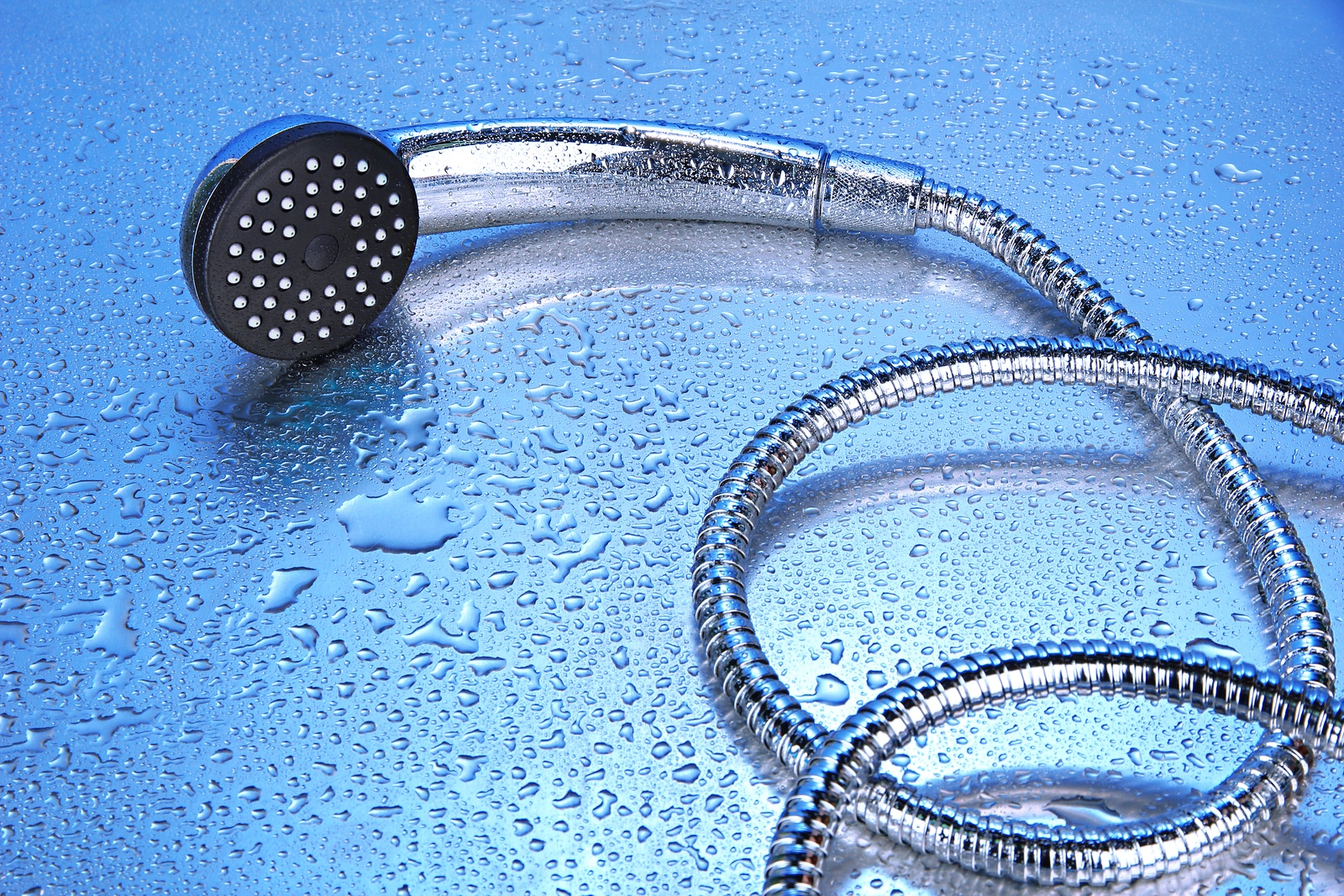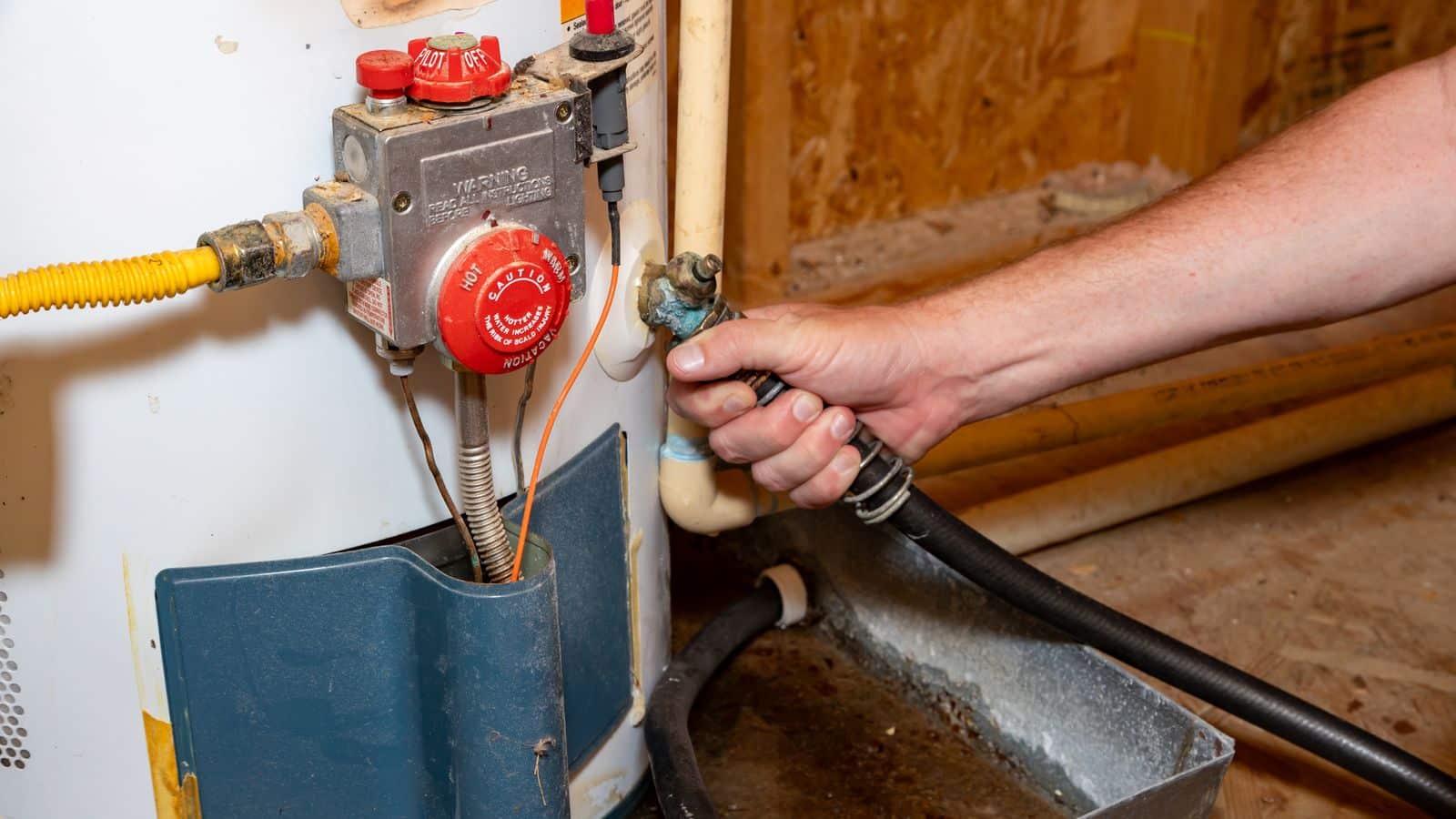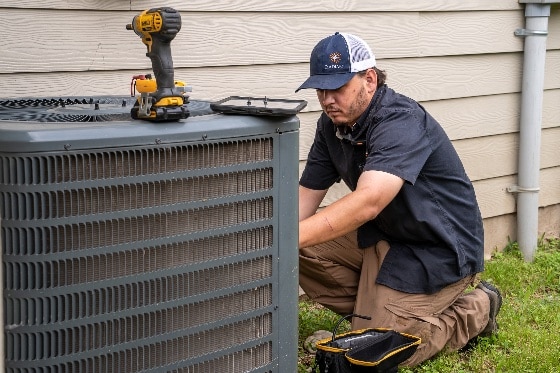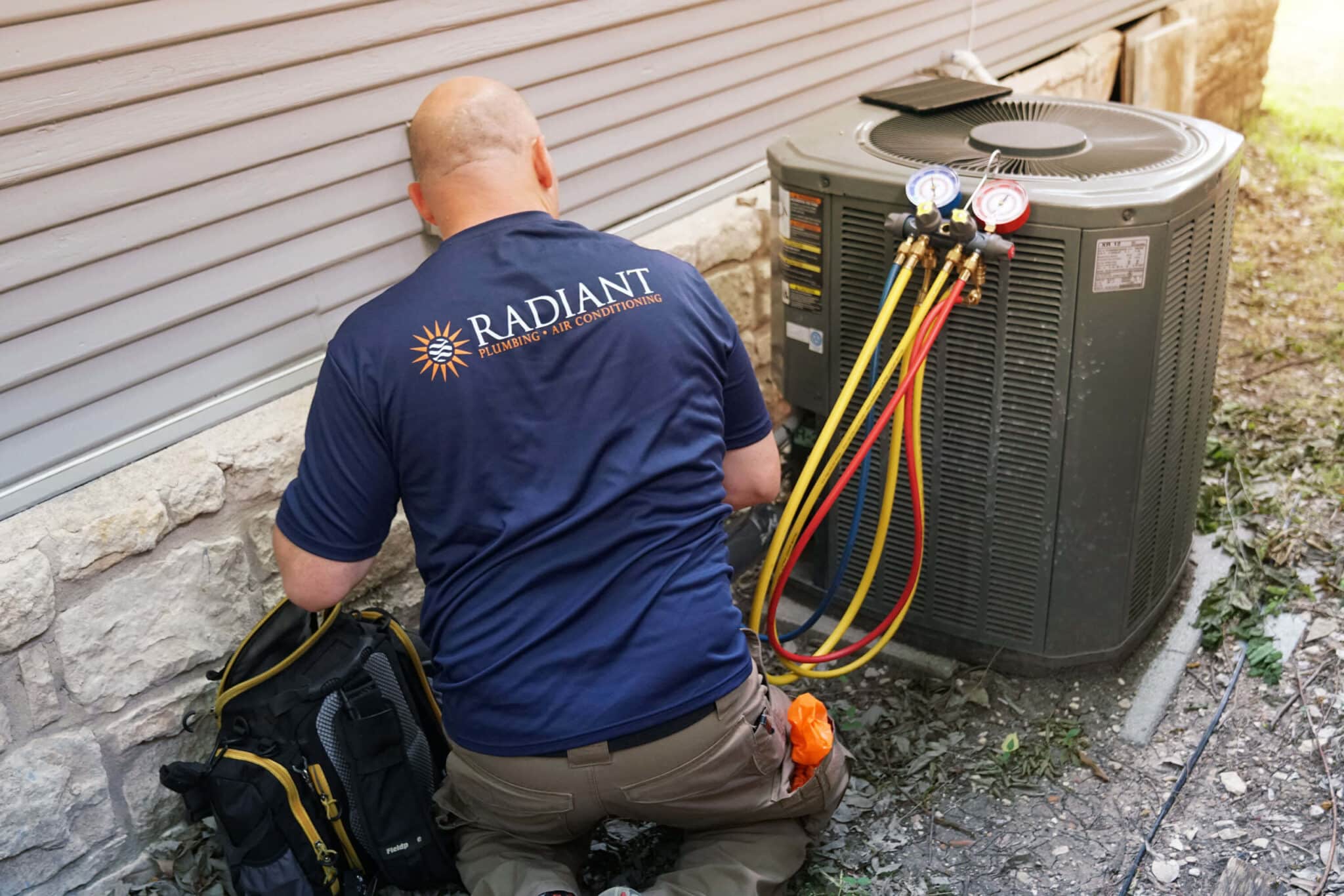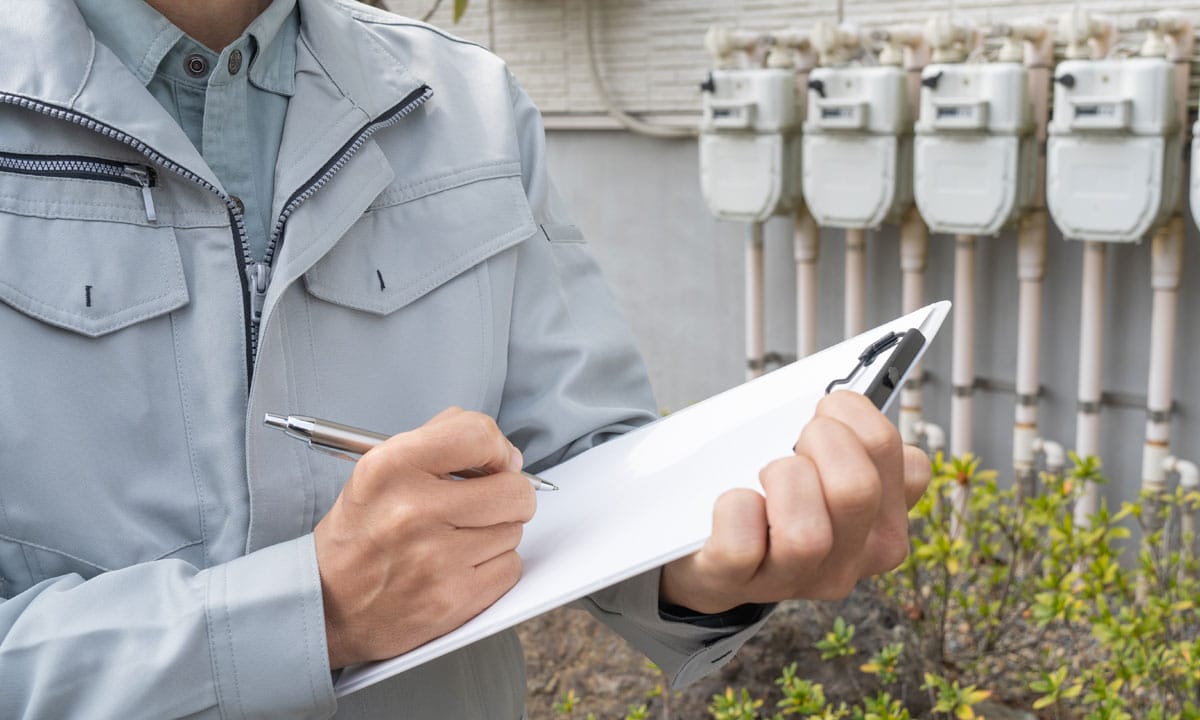A faulty diverter valve can turn a relaxing shower into a frustrating plumbing puzzle. This small but essential device is responsible for directing water from your tub’s faucet to the showerhead. When it starts to fail, you’ll likely notice water flowing from both the faucet and the shower at the same time—a sign the valve isn’t sealing properly.
If your shower isn’t working like it should, here’s what you need to know before attempting a diverter valve replacement on your own.
Can You Replace a Shower Diverter Valve Yourself?
In some cases, yes—but only if you have the right tools, experience, and a light touch. Diverter valves are delicate parts, and applying too much force can crack fixtures, strip threads, or even damage internal plumbing. That kind of mistake can turn a simple fix into a costly repair.
If you’re confident in your DIY skills, here’s a basic outline of the process:
- Remove the valve knob – This usually involves unscrewing the knob. If it’s stuck, you can try using a gear puller.
- Avoid using excessive force – If the knob won’t budge, gently tap the back with a tool, but be extremely cautious.
- Replace and align the new diverter – Once removed, install the new diverter valve and make sure it’s positioned correctly before testing.
Even experienced homeowners can run into complications here, especially with older plumbing systems or corroded fixtures. If anything feels uncertain—stop and call a pro.
When to Call a Plumber
If you’re not completely confident with this type of repair—or if the knob won’t come off easily—it’s best to leave it to a licensed plumber. At Radiant, we can replace your shower diverter valve quickly and cleanly, restoring full functionality without the risk of damaging surrounding plumbing.
Just Call Radiant.
Whether you’re dealing with a dripping faucet or a stubborn diverter valve, we’re here to help. Schedule online today and get your shower working the way it should.

